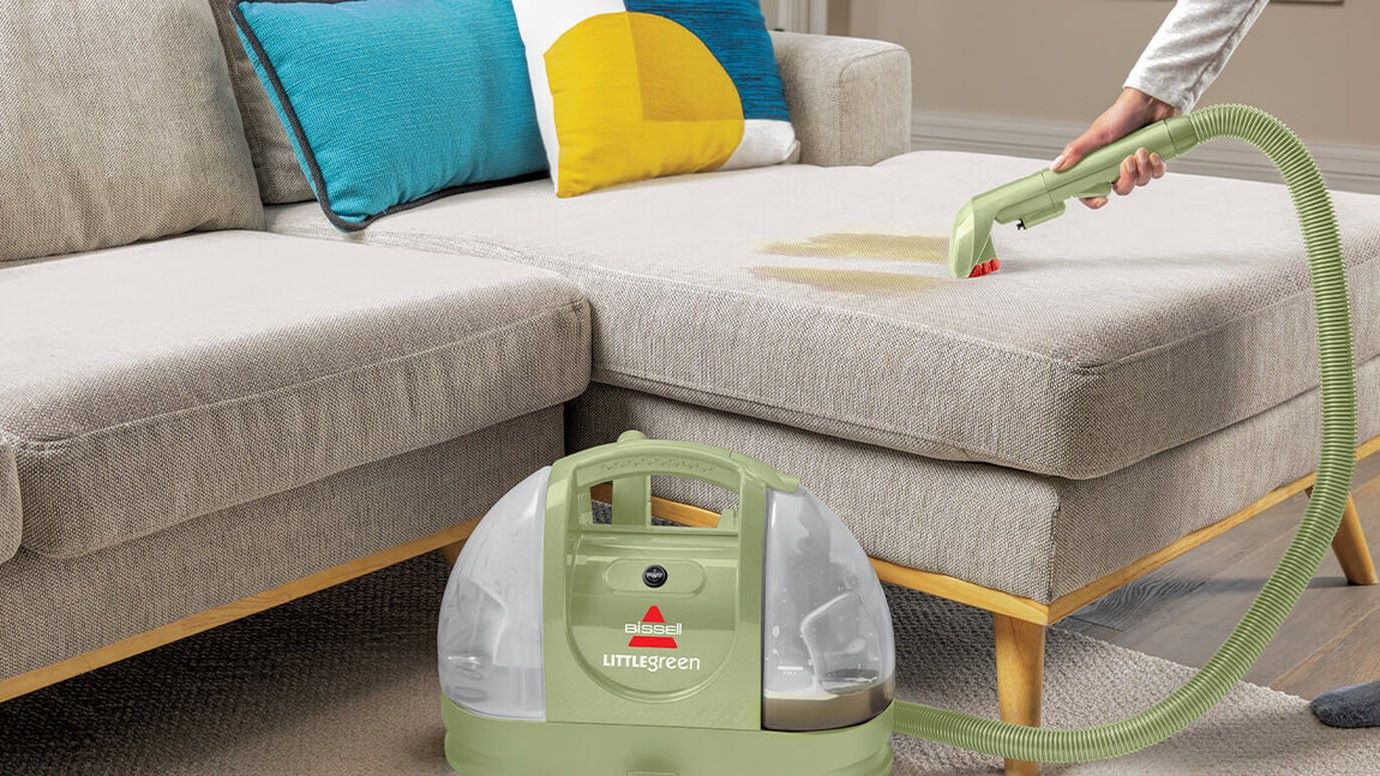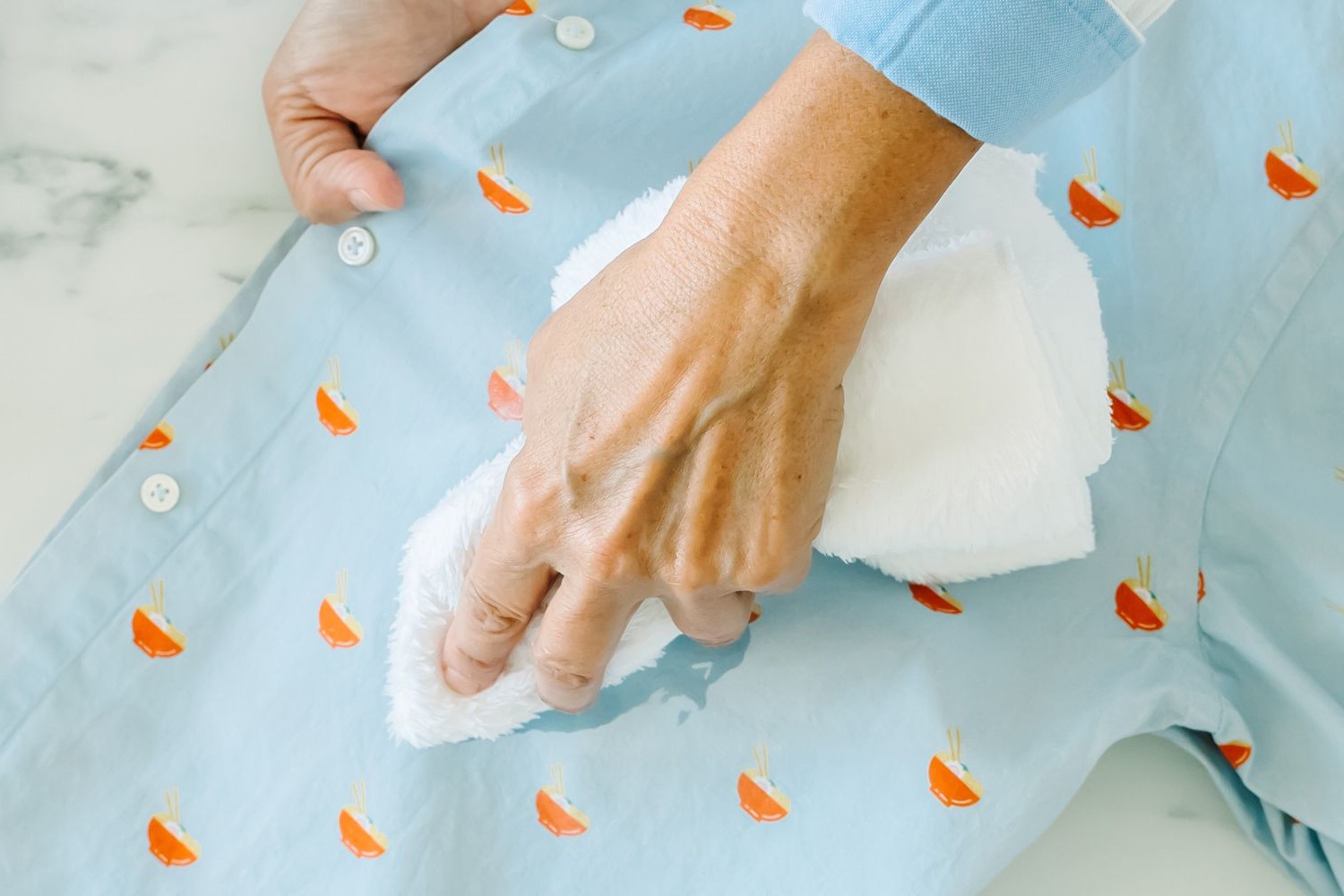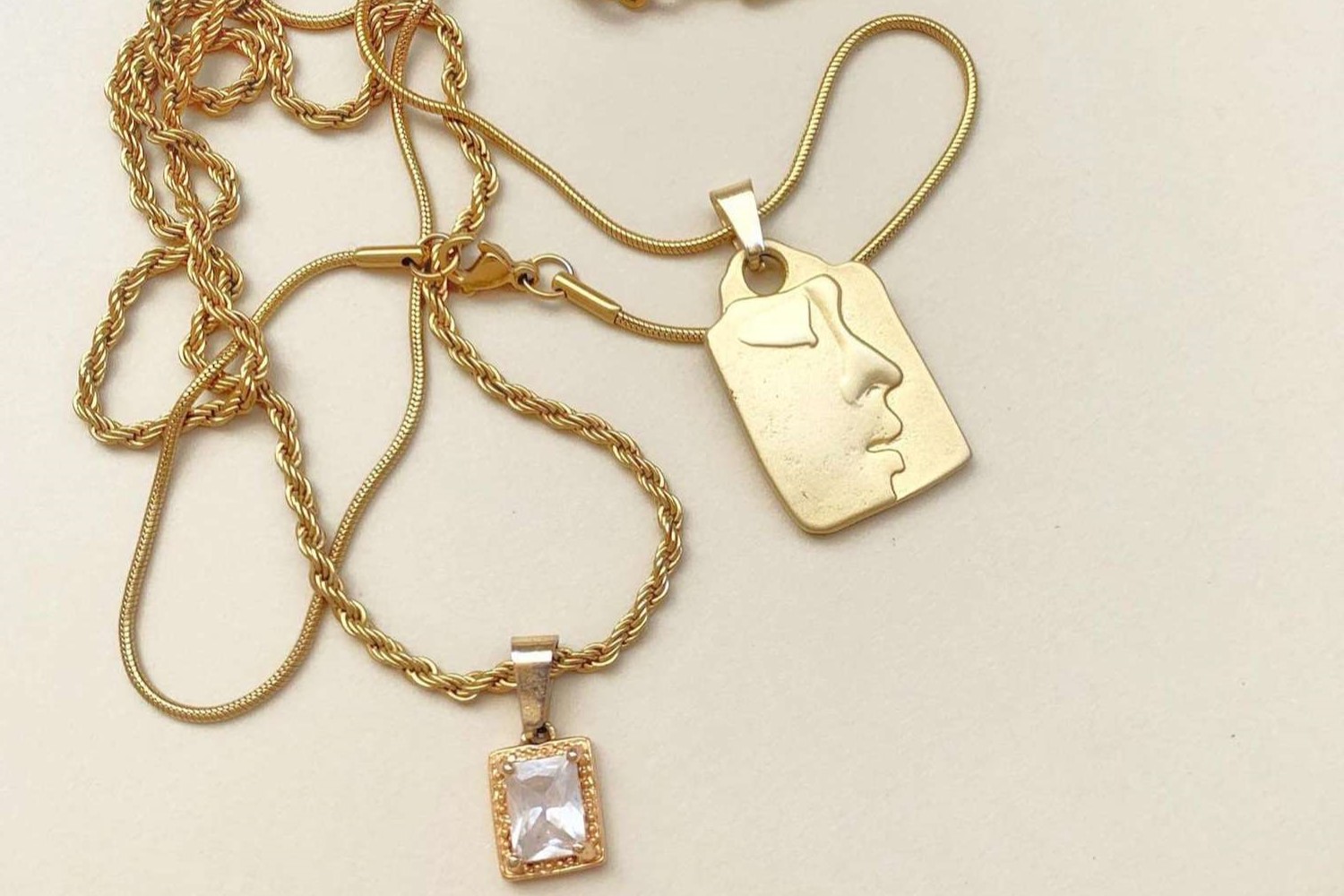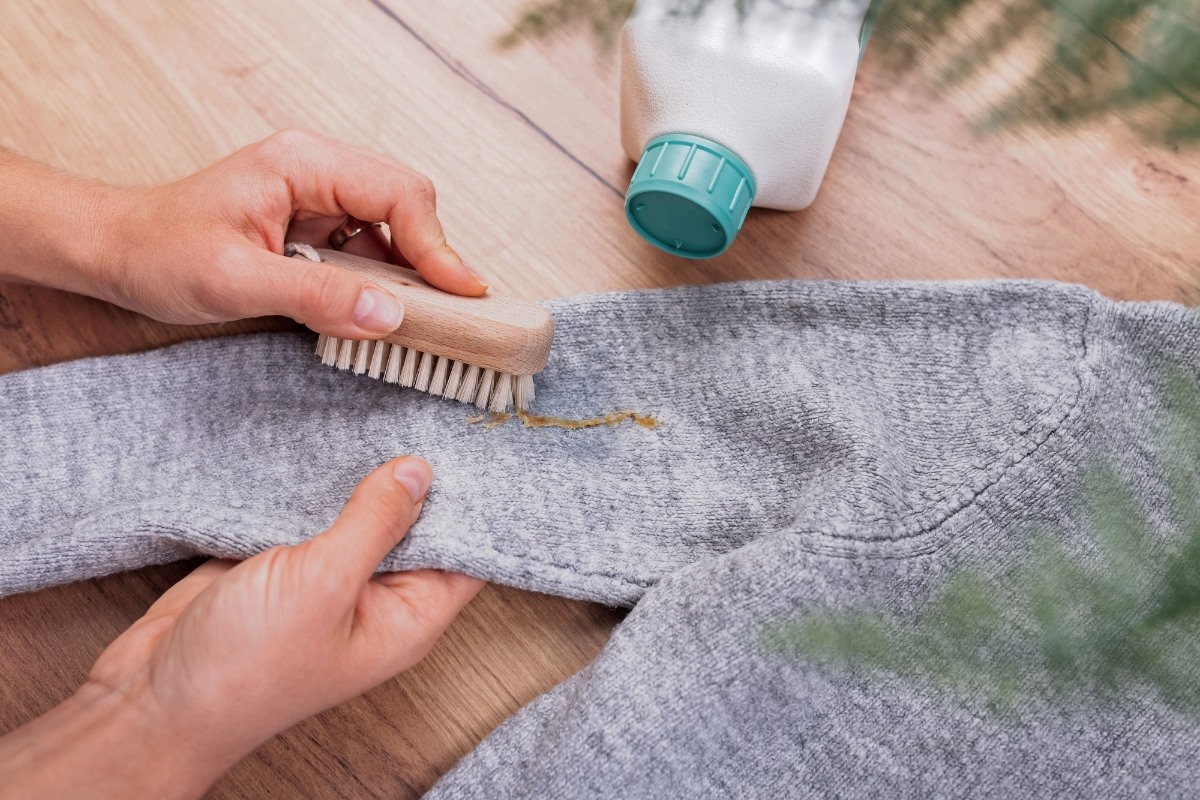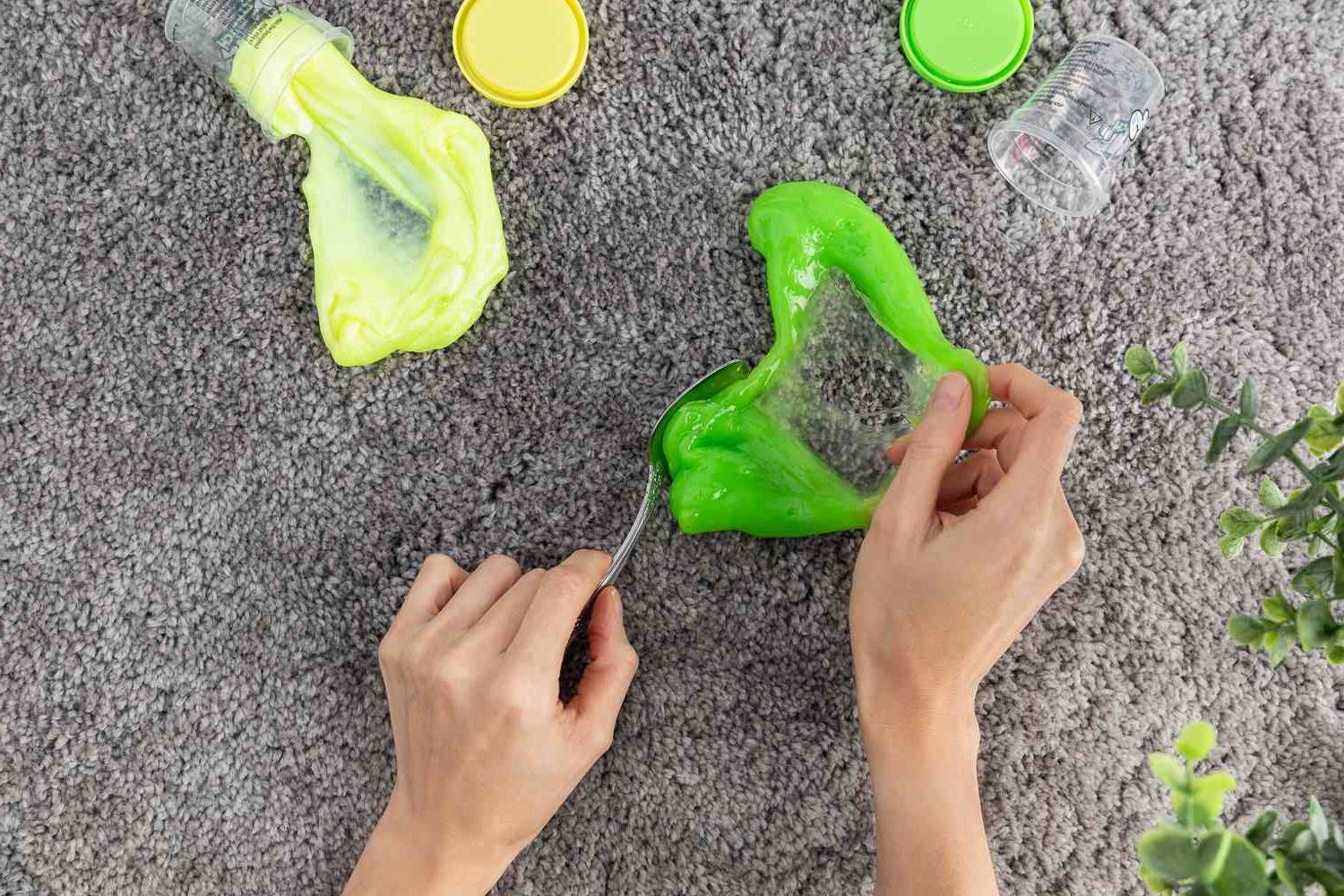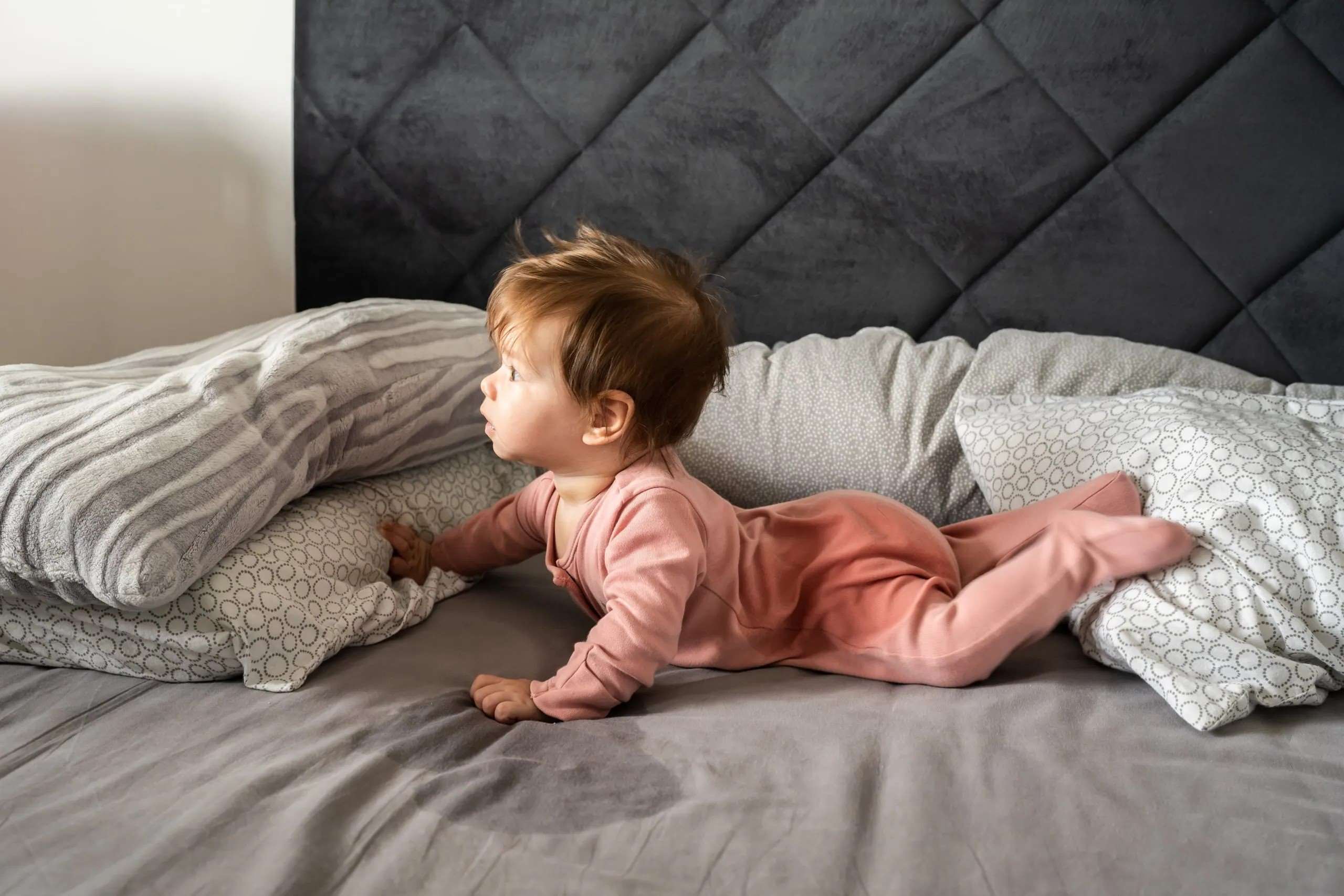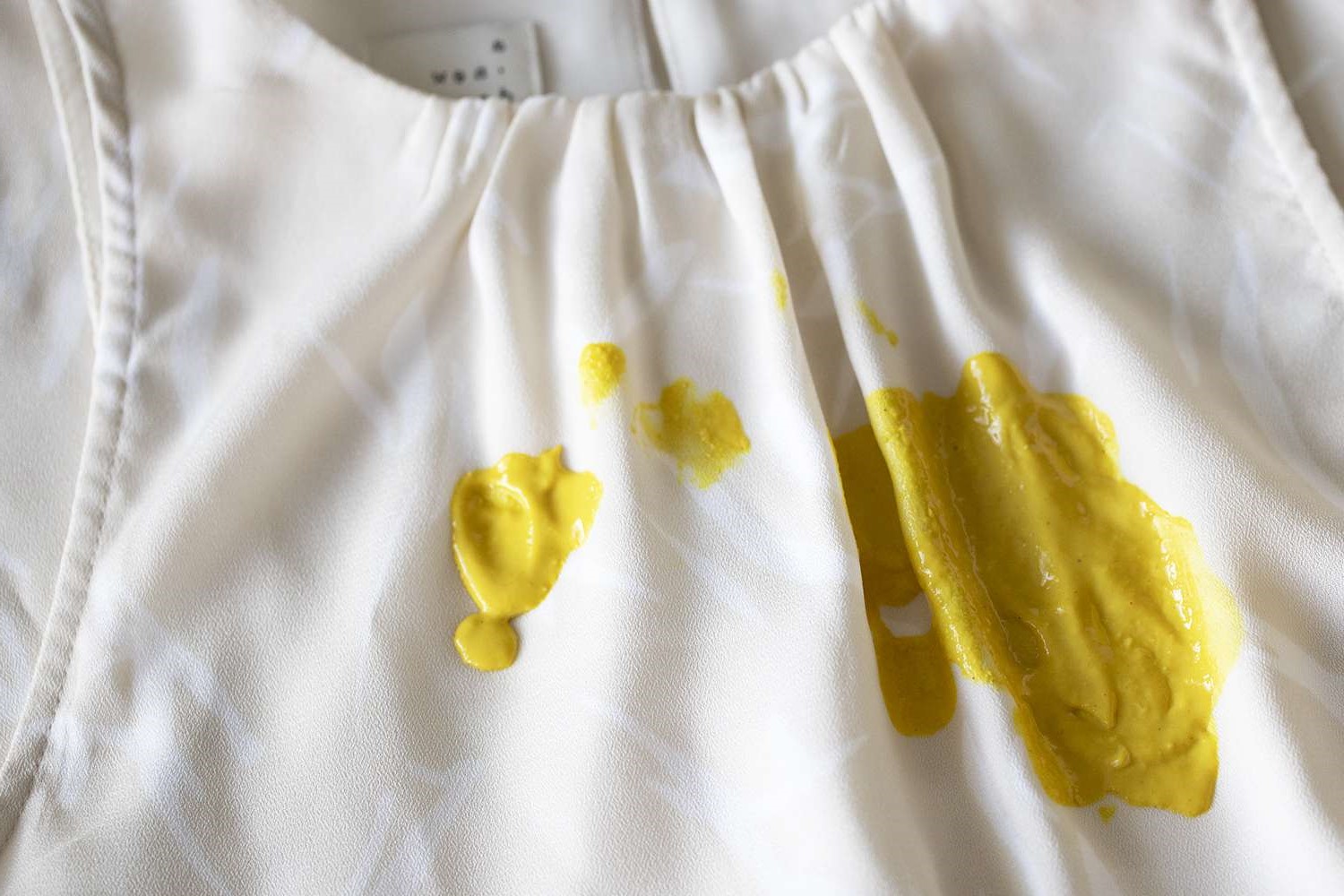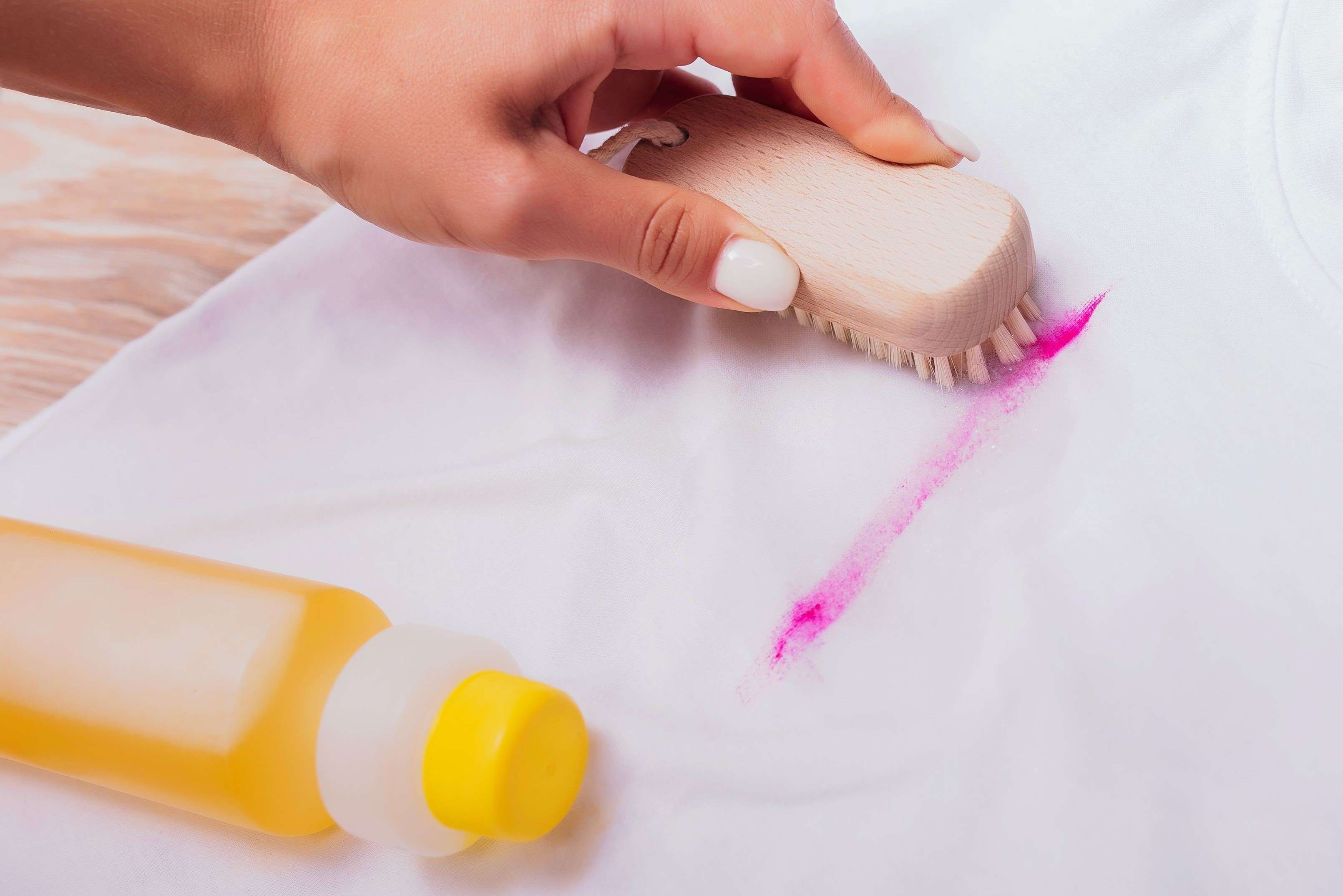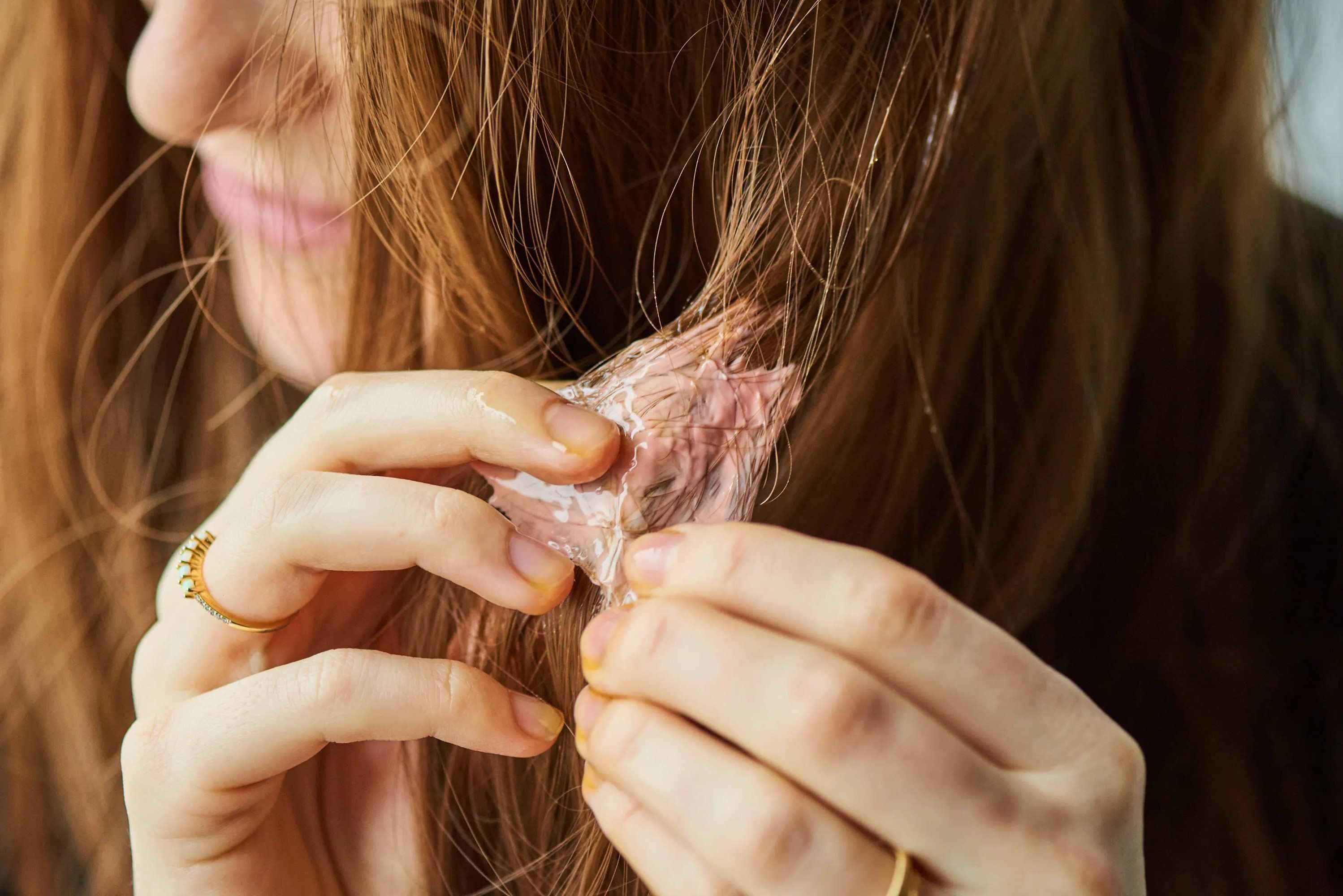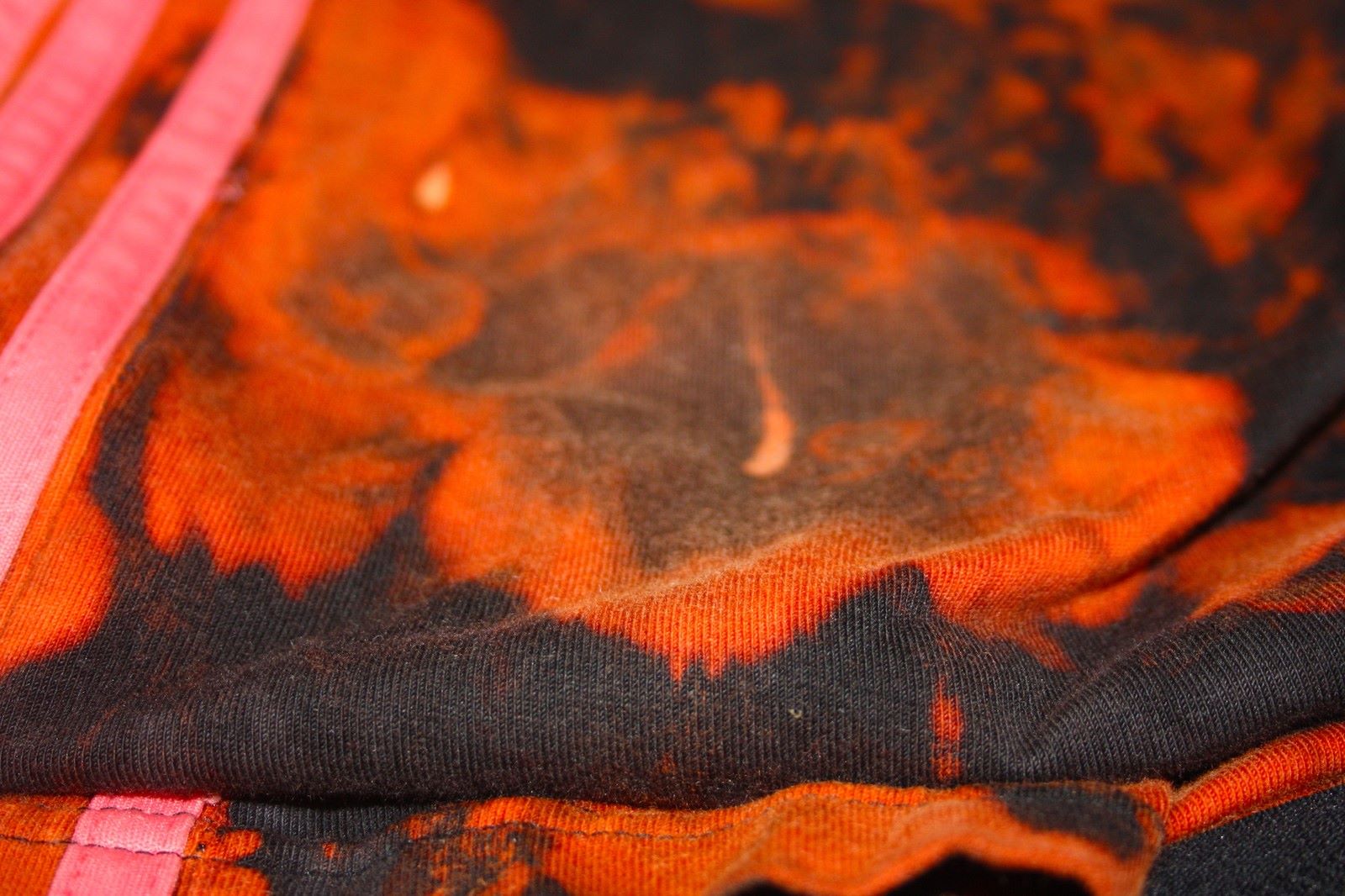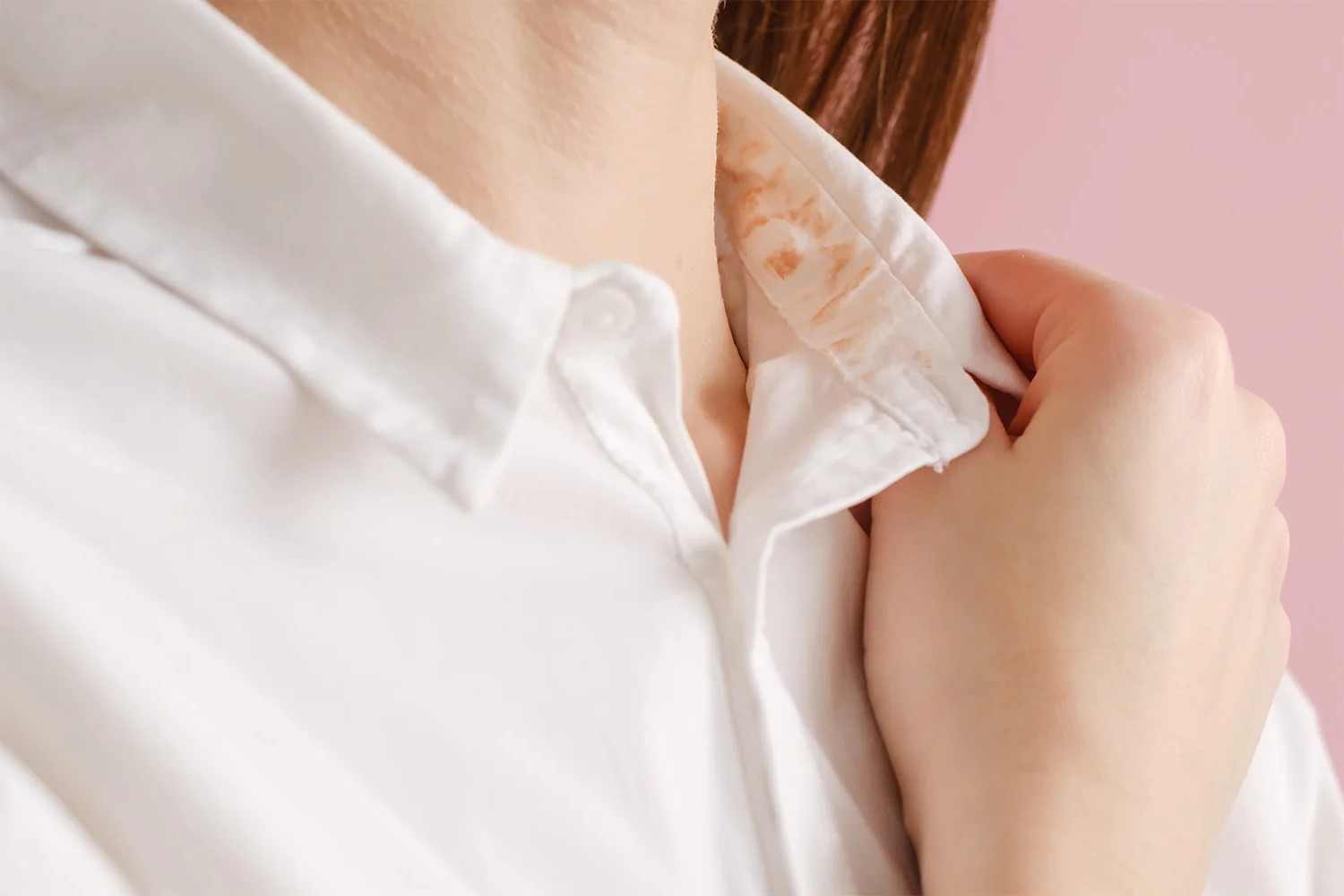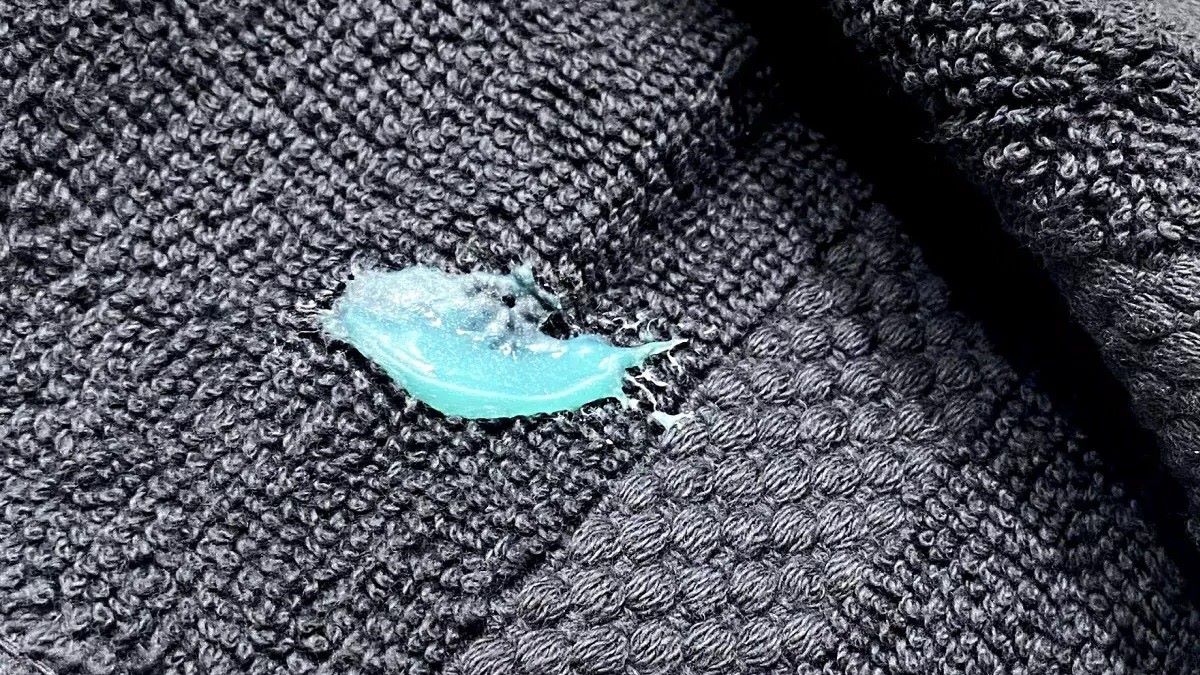Home>Home and Garden>How To Get Blood Out Of Couch
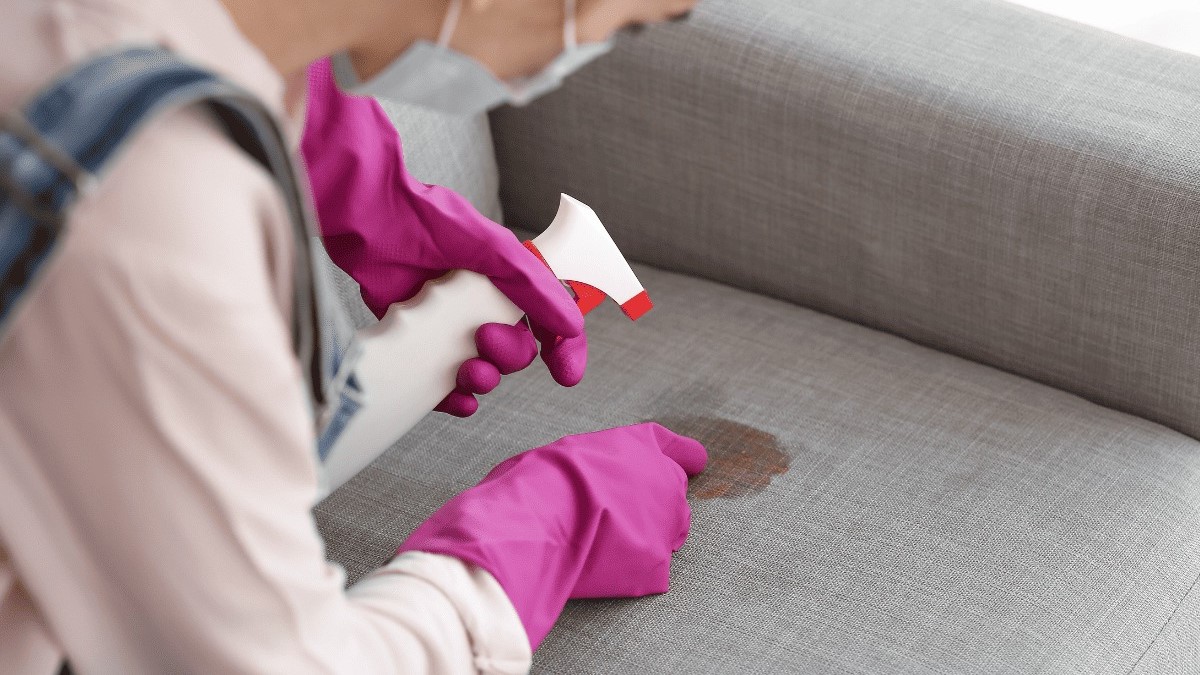

Home and Garden
How To Get Blood Out Of Couch
Published: March 3, 2024
Learn effective methods for removing blood stains from your couch with these simple home and garden solutions. Keep your furniture looking fresh and clean!
(Many of the links in this article redirect to a specific reviewed product. Your purchase of these products through affiliate links helps to generate commission for Noodls.com, at no extra cost. Learn more)
Table of Contents
Introduction
Dealing with a bloodstain on your couch can be a distressing experience, but fear not, as there are effective methods to tackle this common household dilemma. Whether the stain is the result of a minor injury, a pet mishap, or an accidental spill, knowing how to remove blood from your couch is a valuable skill that can save your furniture and restore peace of mind.
In this comprehensive guide, we will walk you through a series of steps to effectively eliminate the bloodstain from your couch. From initial blotting to utilizing household items such as hydrogen peroxide and dish soap, we will cover the most efficient techniques to ensure that your couch is restored to its former pristine condition. Additionally, we will explore the use of enzyme cleaners, which can be particularly effective in breaking down and removing organic stains such as blood.
By following these steps, you can address the issue promptly and prevent the bloodstain from setting into the fabric of your couch. With a bit of patience and the right approach, you can successfully remove the stain and prevent any lasting damage to your beloved furniture.
Now, let's delve into the step-by-step process of removing blood from your couch, empowering you with the knowledge and confidence to tackle this common household challenge.
Read more: How To Get Blood Out Of Mattress
Step 1: Blotting the Stain
The first crucial step in removing a bloodstain from your couch is to promptly address the spill by blotting the affected area. This immediate action can prevent the blood from seeping deeper into the fabric, making the stain more challenging to remove. To begin, grab a clean, white cloth or paper towel and gently blot the stain, being careful not to spread it further. Avoid rubbing the stain vigorously, as this can cause the blood to penetrate the fibers of the fabric, making it more difficult to eliminate.
As you blot the stain, you will notice the cloth absorbing the blood. Continue blotting with fresh areas of the cloth or new paper towels until no more blood is being transferred from the couch to the cloth. This process may take some time and patience, but it is a crucial initial step in preventing the blood from setting into the fabric.
It's important to use cold water for blotting, as hot water can actually set the stain, making it more challenging to remove. Additionally, avoid using colored or patterned cloths, as the dyes from these materials could transfer onto the couch fabric, exacerbating the issue.
By promptly and gently blotting the bloodstain, you can effectively minimize its impact and prepare the affected area for further treatment. This initial step sets the stage for the subsequent methods we will explore, ensuring that you are well-equipped to tackle the bloodstain on your couch with confidence and precision.
Step 2: Using Hydrogen Peroxide
After effectively blotting the bloodstain from your couch, the next step involves harnessing the stain-removing power of hydrogen peroxide. This common household item can be a game-changer in the battle against bloodstains, thanks to its ability to break down the components of the stain and lift it from the fabric.
To begin, create a solution by mixing one tablespoon of liquid dish soap with two tablespoons of hydrogen peroxide. It's important to use a mild dish soap to avoid causing any damage to the fabric of your couch. Once the solution is prepared, carefully apply it to the bloodstain, ensuring that the affected area is thoroughly saturated. A gentle dabbing motion can be used to work the solution into the fabric, allowing it to penetrate the stain and initiate the removal process.
As the hydrogen peroxide solution interacts with the bloodstain, you may notice fizzing or bubbling, indicating that the solution is actively breaking down the components of the stain. Allow the solution to remain on the stain for a few minutes, giving it time to work its magic. However, it's important to monitor the process closely to prevent the solution from drying on the fabric, which could potentially lead to discoloration.
After the solution has had a chance to work on the stain, use a clean, damp cloth to gently blot the area, removing the solution and any residual blood. It's crucial to avoid excessive rubbing, as this can spread the stain and potentially damage the fabric. Once the area has been thoroughly blotted, use a separate clean cloth to dry the spot, ensuring that no excess moisture remains.
Hydrogen peroxide is known for its remarkable stain-removing properties, particularly when it comes to organic stains such as blood. However, it's important to perform a patch test on a discreet area of the couch before applying the solution to the bloodstain, as some fabrics may be sensitive to hydrogen peroxide. By exercising caution and attentiveness, you can harness the stain-fighting potential of hydrogen peroxide to effectively combat the bloodstain on your couch, bringing you one step closer to restoring its pristine appearance.
By following these detailed steps, you can leverage the power of hydrogen peroxide to combat the bloodstain on your couch, setting the stage for the subsequent methods we will explore. This proactive approach equips you with the knowledge and tools to address the bloodstain effectively, ensuring that your couch remains a source of comfort and beauty in your home.
Step 3: Applying Dish Soap and Water
Following the initial blotting and the use of hydrogen peroxide, the next step in the battle against the bloodstain on your couch involves the application of a simple yet effective mixture of dish soap and water. This method harnesses the gentle yet potent cleaning properties of dish soap, combined with the dilution and rinsing capabilities of water, to further combat the stubborn remnants of the bloodstain.
To begin, prepare a solution by mixing a small amount of mild liquid dish soap with cold water. It's crucial to use a gentle, non-abrasive dish soap to avoid causing any damage to the fabric of your couch. Once the solution is ready, carefully apply it to the remaining bloodstain, ensuring that the affected area is thoroughly saturated. A gentle, circular motion can be used to work the solution into the fabric, allowing it to penetrate the stain and initiate the cleaning process.
As the dish soap and water solution interacts with the bloodstain, you may notice the gradual lifting of the remaining traces of the stain. This method is particularly effective in targeting any residual discoloration or faint marks left behind after the initial treatments. Allow the solution to remain on the stain for a few minutes, giving it ample time to work its cleansing magic.
After the solution has had a chance to work on the stain, use a clean, damp cloth to gently blot the area, removing the solution and any remaining traces of the bloodstain. It's important to be thorough in this step, ensuring that the solution and any residual blood are effectively lifted from the fabric. Once the area has been thoroughly blotted, use a separate clean cloth to dry the spot, ensuring that no excess moisture remains.
The combination of dish soap and water serves as a gentle yet effective approach to further combat the bloodstain on your couch, complementing the previous steps and contributing to the overall restoration of the affected area. By following these detailed steps, you can leverage the cleansing power of this simple solution to effectively address the bloodstain, bringing you closer to the successful elimination of the stain and the revitalization of your couch.
This proactive approach equips you with the knowledge and tools to address the bloodstain effectively, ensuring that your couch remains a source of comfort and beauty in your home.
Step 4: Using Enzyme Cleaner
As we delve deeper into the process of removing a bloodstain from your couch, we encounter a powerful ally in the form of an enzyme cleaner. Enzyme cleaners are specifically formulated to target and break down organic stains, making them an invaluable resource in the battle against stubborn bloodstains.
Enzyme cleaners work by utilizing biological enzymes that actively digest and eliminate the components of organic stains, such as blood. This enzymatic action effectively neutralizes the stain at a molecular level, rendering it easier to lift from the fabric of your couch. When dealing with bloodstains, which can be particularly resilient, the application of an enzyme cleaner can significantly enhance the stain-removal process.
To begin, carefully follow the instructions provided with your chosen enzyme cleaner, ensuring that you are familiar with the application and any specific precautions. It's important to perform a patch test on a discreet area of the couch to ensure compatibility with the fabric and to assess any potential colorfastness issues.
Once you are ready to apply the enzyme cleaner to the bloodstain, carefully saturate the affected area, ensuring that the cleaner penetrates the fabric. The enzymatic action will begin to break down the components of the bloodstain, effectively targeting and neutralizing the discoloration.
After applying the enzyme cleaner, allow it to remain on the stain for the specified duration, as indicated by the product instructions. This allows the biological enzymes to work their magic, actively digesting the organic components of the bloodstain and preparing it for removal.
Following the designated duration, use a clean, damp cloth to gently blot the area, removing the enzyme cleaner and any residual traces of the bloodstain. It's important to be thorough in this step, ensuring that the cleaner and any remaining remnants of the stain are effectively lifted from the fabric.
As the area is thoroughly blotted, use a separate clean cloth to dry the spot, ensuring that no excess moisture remains. This step completes the process of applying the enzyme cleaner and sets the stage for the final phase of the stain-removal process.
By incorporating the use of an enzyme cleaner into the comprehensive approach to removing a bloodstain from your couch, you can harness the targeted enzymatic action to effectively combat the resilient components of the stain. This proactive and strategic approach brings you closer to the successful elimination of the bloodstain, ensuring that your couch is restored to its former pristine condition.
This proactive approach equips you with the knowledge and tools to address the bloodstain effectively, ensuring that your couch remains a source of comfort and beauty in your home.
Read more: How To Get Dog Smell Out Of Couch
Step 5: Drying the Couch
After diligently treating the bloodstain on your couch with the previous steps, the final crucial phase involves ensuring that the affected area is thoroughly dried. Proper drying not only completes the stain-removal process but also prevents the potential development of musty odors and mold, safeguarding the overall condition of your cherished furniture.
To commence the drying process, begin by using a clean, dry cloth to gently blot the treated area. This step helps to absorb any remaining moisture and residue from the previous cleaning solutions, ensuring that the fabric is not left damp. It's essential to be thorough in this blotting process, as residual moisture can prolong the drying time and potentially lead to undesirable consequences such as mildew.
Following the initial blotting, allow the treated area to air dry naturally. It's advisable to promote air circulation in the room by opening windows or using fans to expedite the drying process. This allows the fabric of the couch to breathe and facilitates the evaporation of any remaining moisture, contributing to a more efficient drying outcome.
During the drying period, it's important to avoid placing any cushions or decorative elements back onto the couch, as this could impede the airflow and prolong the drying time. Additionally, refrain from using heat sources such as hairdryers or heaters to accelerate the drying process, as excessive heat can potentially damage the fabric of the couch.
As the treated area dries, periodically inspect the fabric to ensure that the bloodstain has been effectively eliminated and that no residual discoloration or moisture remains. This attentive monitoring allows you to confirm the success of the stain-removal process and take any additional steps if necessary.
Once the treated area is completely dry and free from any lingering traces of the bloodstain, you can confidently return the cushions and decorative elements to their rightful places, restoring the full functionality and aesthetic appeal of your couch.
By meticulously following the drying process, you can ensure that the bloodstain is effectively addressed, and your couch is restored to its pristine condition. This final step completes the comprehensive journey of removing the bloodstain, leaving you with a sense of accomplishment and the satisfaction of preserving the beauty and integrity of your beloved furniture.
